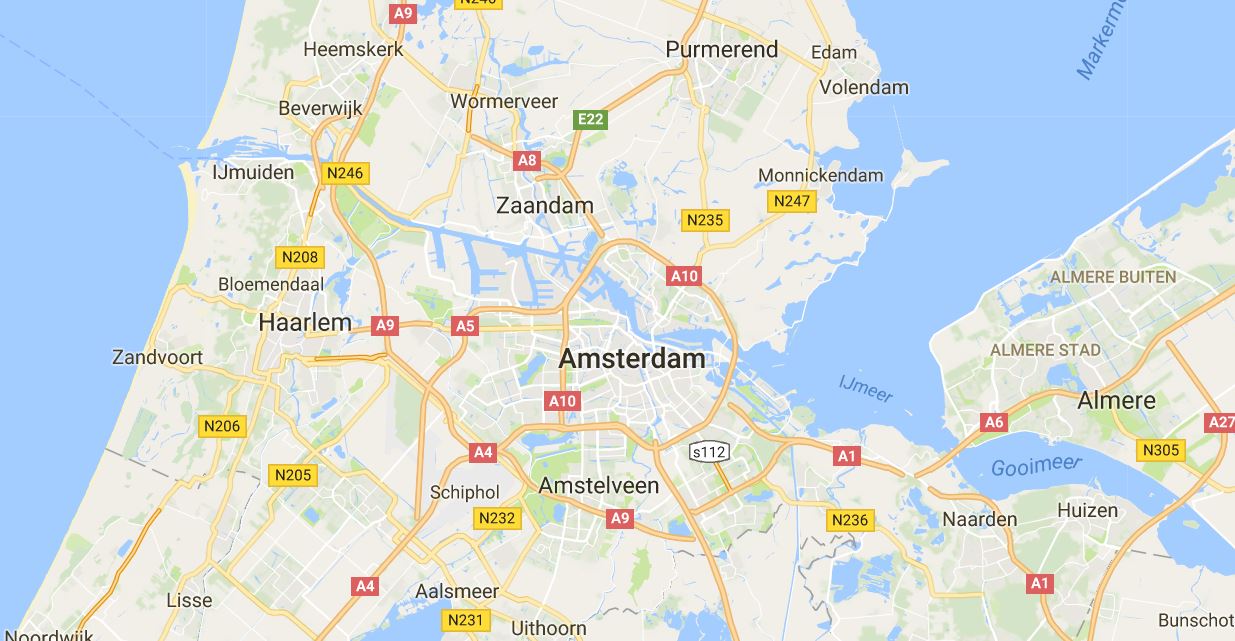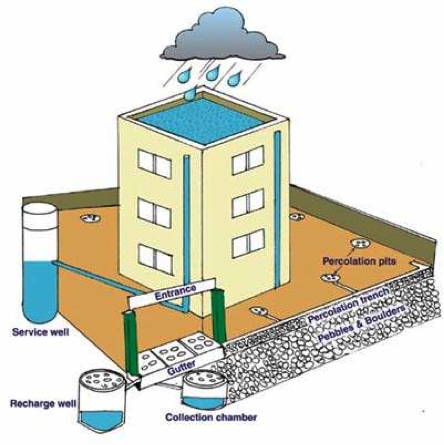Introduction
Fresh water is one of the elementary needs of a human organism. It is also used for a variety of utilitarian needs like washing dishes, showering, flushing the toilet, heating homes, and for other uses. Fresh water reserves on planet Earth are limited so humanity have to develop and implement solutions on how to minimize consumption without the need to curb the quality of life (Schuetze & Chelleri, 2013). People and service providers in large cities often forget about the adequate management of resources, which in the long run leads to water scarcity. Some cities have already considered this problem and developed a range of solutions. In light of this, it is necessary to review the experience of such cities and find implications for the UAE.
Sustainable Water Use Solutions in Amsterdam
An interesting example of organization of water management is a coastal city Amsterdam, the capital of Netherlands (Figure 1).

Amsterdam is a huge city with approximately 800,000 citizens. As many coastal cities, Amsterdam encountered problems such as coast line erosion, interference of salt water with freshwater sources, and scarcity of freshwater supply due to high rates of urbanization. The latter coupled with increasing heavy industry development took a heavy toll on the environment. To deal with these problems the city administration headed by Physical Planning Department in collaboration with the government of the Netherlands and Local Governments for Sustainability (ICLEI) developed a set of actions that could avert the damage and let the city tread the path to sustainable water usage. The creation of necessary infrastructure was financed partially from local budget with the help of the state programs aimed to help the city become sustainable. The key solutions were rainwater reuse, storage, defence against flooding, and maintaining the spatial and economic significance of water.
Rainwater Recycling
The recycling strategy involved building infrastructure that is capable to collect, store, purify (if needed), and use stormwater. The idea behind it was that rainwater is a valuable source of freshwater that is wasted each time it rains. Tons of gallons of water are flushed into the sea, which is a great economic oversight. Due to high amounts of rainfall, the city’s drainage often becomes overflown, and the water blocks the streets and walkways for pedestrian and vehicle traffic. Additionally, it sped the process of road infrastructure wear. To tackle that problem buildings were equipped with water collection tanks. The stormwater from the roof and the premises was guided through pipes and trenches into large storage units, from where it was used for utility purposes (figure 2).

Defense against Flooding
To maintain safe operation of key facilities in the city such as factories, electric stations, major roads, and other objects dams were created to protect those objects from occasional rises of water level.

The sketch in the top right corner suggests building new housing units on an elevated grounds. The image in the top left corner illustrates how a factory can be protected from rising water level. The two bottom ones depict the building of a dam to protect low-ground housing from floods. Some of these solutions are already being implemented in Amsterdam (Van Leeuwen & Sjerps, R. M. A., 2015).
Water Economy
Water canals have always been important communication lines between various parts of the city. They transfer people and cargo freeing surface roadways from excessive traffic. The transportational function is now being complemented by housing one. Thanks to the new technologies of construction, building floating houses has now become possible. Amsterdam with its narrow European-style streets has recently began experiencing a shortage of space for housing (Van der Hoek, Hartog, & Jacobs, 2014). Currently, this solution offers a smart decision in this sphere, integrating water surface into urban life even further.

Implications for Use in the UAE
Certain solutions from Amsterdam can be utilized in the UAE. Emirates are located in the arid climatic zone which puts the problem of water management at the top in the list of the country’s problems. Rainwater collection and use may be a solution that will help at least partly adress the problem of water scarsity. Abu Dhabi as a coastal city, for instance, could use strategies for protecting key city objects from storms. Some Emirates already used water surface for building property, however, artificial islands seem to be a more popular solution in Emirates. Perhaps, an Amsterdam way should also be given consideration.
Conclusion
All things considered, water management stays a significant issue around the world, as the planet’s resources are limited and there is a need for sustainable solutions. An example of Amsterdam can be used in other cities that experience the problem with freshwater supply. Other cities should also consider elaborating their own water recycling strategies as it is a pending global issue in light of climate changes.
References
C.P.R. Environmental Education Centre (CPREEC). (n.d.). Harvesting rainwater. Web.
City of Amsterdam Physical Planning Department. (2013). A vision for water, safety, and rainproofing. Web.
Schuetze, T., & Chelleri, L. (2013). Integrating decentralized rainwater management in urban planning and design: Flood resilient and sustainable water management using the example of coastal cities in the Netherlands and Taiwan. Water, 5(2), 593-616.
Van der Hoek, J. P., Hartog, P., & Jacobs, E. (2014). Coping with climate change in Amsterdam–A watercycle perspective. Journal of Water and Climate Change, 5(1), 61-69.
Van Leeuwen, C. J., & Sjerps, R. M. A. (2015). The city blueprint of Amsterdam: An assessment of integrated water resources management in the capital of the Netherlands. Water Science and Technology: Water Supply, 15(2), 404-410.